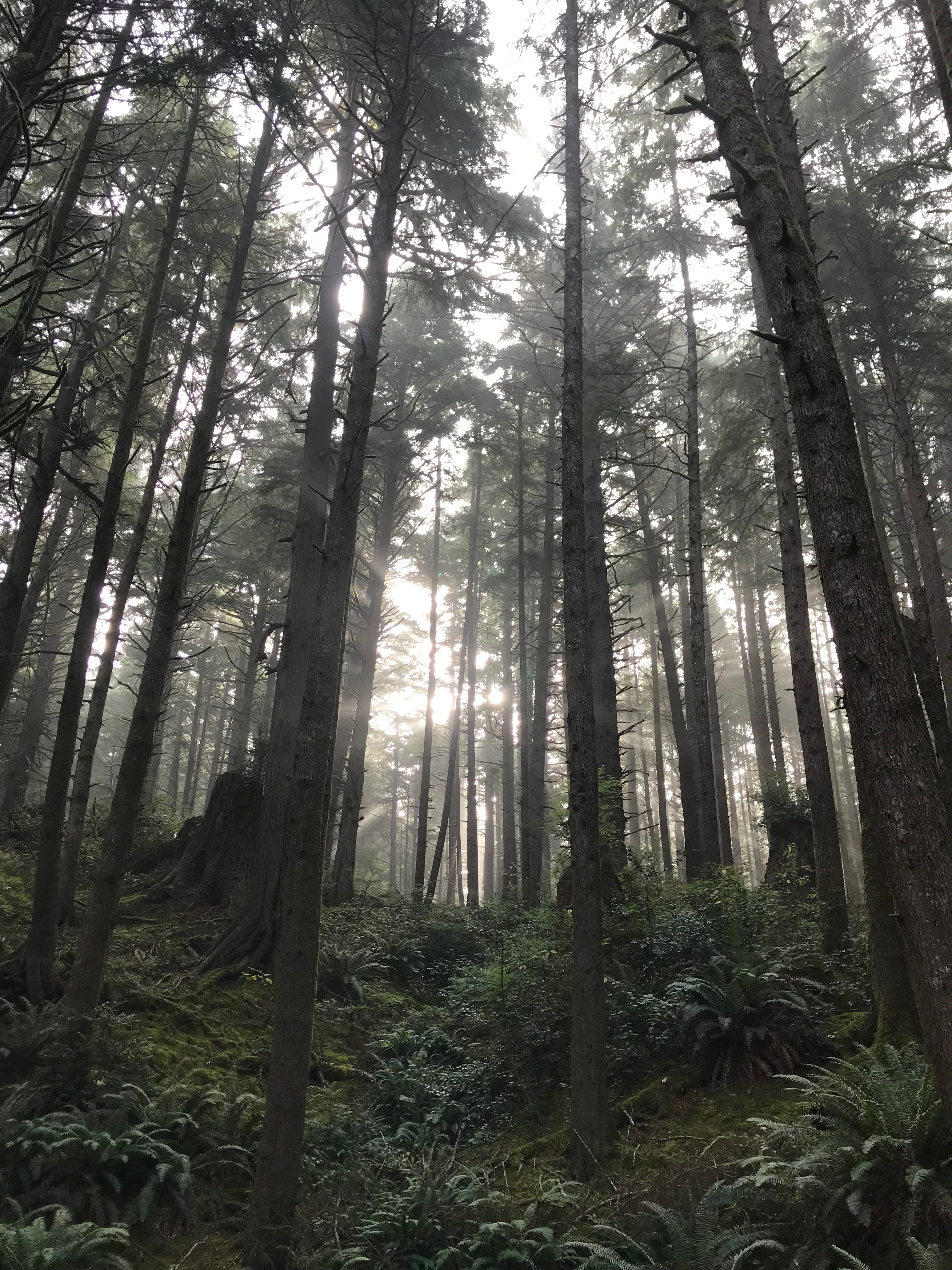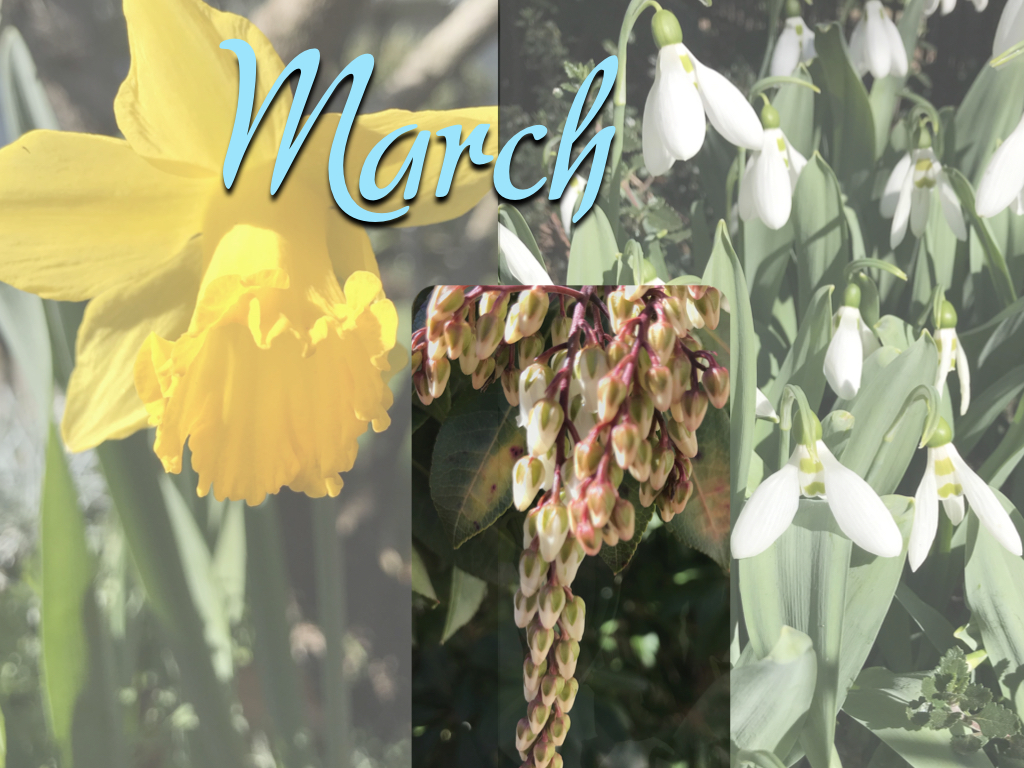The Coastal Conifers Forests of the Pacific Northwest
The purpose of this article is to call attention to the uniqueness of Oregon’s and the Pacific Northwest’s temperate coastal rainforests that many of us take for granted because we live here.
As you will read below, our forests are some of the last like them on the planet; they are the largest of their kind still left. Such forests existed elsewhere on earth, but have long since destroyed them, and little or nothing remains of these temperate coastal rainforests, except in the Pacific Northwest.
Please enjoy and share the information presented below to help raise the awareness of the forest gem we have in our own backyard.
Oregon Conifer Tree Facts
- Oregon has 26 million acres of commercial forests. They would stretch as a green belt sixteen miles wide across the U.S. from the Pacific Ocean eastward to the Atlantic (as of 1989, from Trees to Know in Oregon, by Charles Ross, Oregon State University, Corvallis, OR; 1989)
- Oregon’s forests contain enough lumber to rebuild every dwelling in the U.S. (ibid.)
- Prior to 1990 when the spotted owl ruling shut down most of Oregon’s state and federal forests to commercial timber operations, Oregon led all 50 states in production of timber products. The forest industry provided half of all Oregon’s industrial jobs. Timber was king leading agriculture, transportation, recreation and all other industries (ibid.).
- Douglas fir makes up sixty percent of Oregon’s annual wood crop (ibid.).
- The Douglas fir tree, Oregon’s state tree, is the worlds second largest tree in size after California’s giant redwoods and sequoias (ibid.).
- Of the total timber in the U.S., half is in the three Pacific Coast states combined, and half of this (or one quarter of the timber in the U.S.) is Douglas fir. Douglas fir is not only the leading commercial tree of the Pacific Coast, but of the world (Elliot, p. 524).
- While the Pacific Coast has a small number of species as compared with the species native to the eastern U.S., it is the home of the most dense and important coniferous forests of the world. The hardwoods in the Pacific Coast account for only about one percent of the total available timber in the Northwest, and is chiefly comprised of red alder, Oregon ash, bigleaf maple and Oregon white oak (Elliot, p. 525).
- Many species of trees are native to the Northwest which no longer grow here, since they lie buried under the lava flows of eastern Oregon and Washington. The fossilized remains of extinct trees that have been found include magnolias, palms, ginkgoes and sequoias (Elliot, p. 526).
- More than 600 species of conifers exist on planet earth. Half live on the Pacific Rim and 50 percent of these live in the U.S. (Kauffmann, pp. 10, 14).
- The hot-spot for conifer diversity in the western U.S. is in the Klamath Basin Mountains of Oregon and California where there are 38 species of conifers in 13 genera. Conifers in California alone represent the oldest, tallest and largest living things on the planet (Kauffmann, p. 16).
Distribution of Trees on Planet Earth
Ninety percent of all tree species on earth live in tropical forests (Tudge, p. 27). The further you travel north or south from the tropics at the equator, the fewer the diversity of the species of trees you’ll find. The endless forests of Canada, for example, are dominated by only nine native species of trees including a few conifers and the quaking aspen. In the whole U.S. there are only about 620 native species of trees. India, which is much smaller than the U.S. has around 4,500 species of trees, and in one region of Peru where studies have been conducted within a 15 hectare area 825 tree species have been identified. Tropical America (both North and South) have tens of thousands of species of trees (Tudge, p. 279).
Conifers Distribution Outside and Inside North America
There are no native conifer (a word meaning “cone bearing”) trees (e.g. pines, firs, spruces, junipers, cypresses or cedars) in all the vast forests of Central Africa or Amazonia in South America. This is because most conifers (except firs) thrive in conditions that flowering plants find especially difficult such as soil low in fertility and soil that is poorly drained. They do, however, grow in some highland tropical rainforests on the hillsides of Southeast Asia where growing conditions are less easy. They especially thrive in cooler climates including extreme Continue reading


